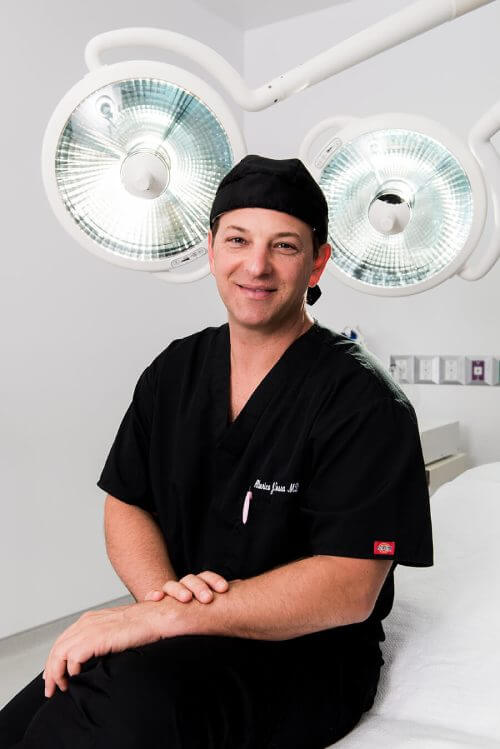When Oscar‑winning actress Jennifer Connelly first burst onto the big screen, fans admired not only her talent but also her curvy silhouette. Over time, red‑carpet photos showed a subtler profile, sparking endless internet chatter: Did she have a breast reduction? Whether it was surgery, motherhood‑related changes, or simple weight fluctuation, her evolving look opened a larger conversation about why someone might downsize their bust—and what life is like afterward.
Jennifer Connelly’s Breast Reduction Decision
Here’s what we actually know: Connelly has never publicly confirmed or denied going under the knife. Reputable entertainment outlets and aesthetic‑medicine blogs note years of speculation but no official statement. What fuels the rumor mill is that early interviews mention the physical toll of developing a fuller chest at a young age—think back discomfort, limited wardrobe choices, and unwanted public scrutiny. Add a demanding film schedule, stunt work, and three pregnancies, and choosing comfort over cup size starts to sound perfectly reasonable. Still, in a 2015 chat with People she emphasized embracing natural change, leaving fans to read between the lines.
Why Consider a Breast Reduction?
Connelly’s alleged motivations mirror the reasons many non‑celebs explore the procedure. Heavy breasts can strain the neck, shoulders, and spine, making simple workouts or even standing for long periods exhausting. Rashes beneath the fold, grooves from bra straps, and chronic tension headaches are common complaints. There’s also an emotional component: feeling over‑sexualized as a teen, struggling to find professional clothing that fits, or avoiding activities like jogging or yoga. A reduction can:
- Relieve pain: patients routinely report immediate post‑op relief.
- Improve posture & mobility: lighter loads mean straighter backs and easier workouts.
- Expand wardrobe options: standard‑sized tops suddenly fit.
- Boost confidence: when proportions feel balanced, many people describe finally “owning” their bodies.
Is It Worth It?
Satisfaction rates hover around 95 percent in peer‑reviewed studies, higher than most elective surgeries. Scars fade, nipple sensation usually returns, and breastfeeding is often still possible (though worth discussing pre‑op). Downsides include a week or two off work, lifting restrictions for six weeks, and the reality that weight swings or future pregnancies can alter results. The key takeaway? When chronic discomfort or self‑consciousness dominate daily life, the benefits frequently outweigh the temporary inconvenience.





